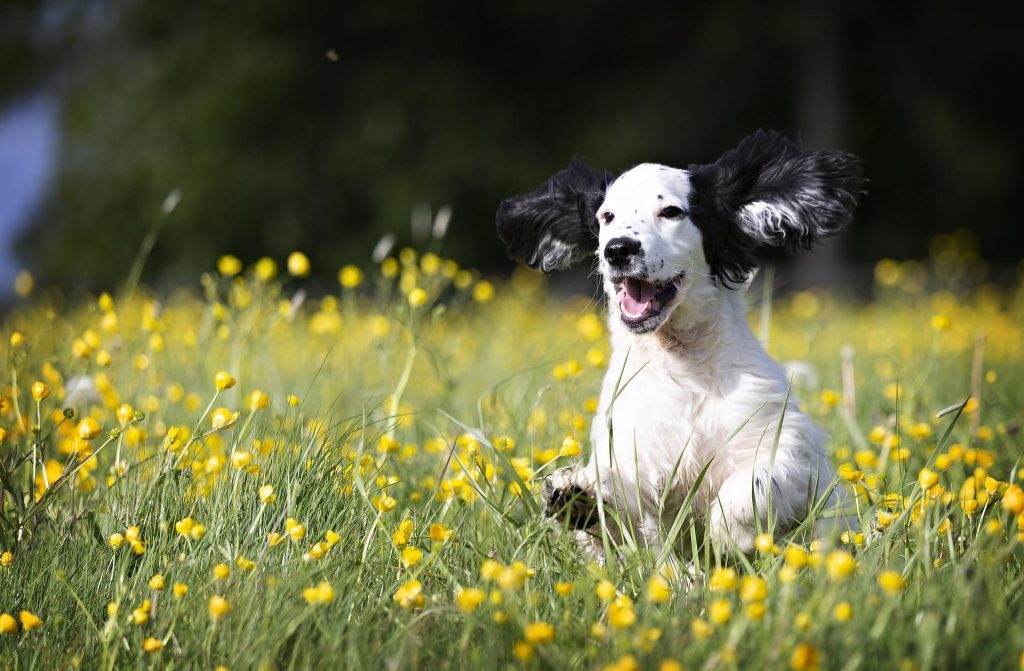Sections
From ear position to pupil size, a new study examines how felines express themselves while interacting with one another
Margaret Osborne
Daily Correspondent
Cats can sometimes get a bad rap for being aloof or not emotive. Compared to dogs, felines tend to be more subtle with how they express themselves—perhaps with a mere flick of an ear or curl of their whiskers. Only sparse studies have tried to decode the mysterious emotional lives of these creatures.
But now, researchers have discovered that cats use nearly 300 distinct facial expressions to communicate with one another, according to a study published in October in the journal Behavioral Processes.
“Many people still consider cats—erroneously—to be a largely nonsocial species,” Daniel Mills, a veterinary behaviorist at the University of Lincoln who was not involved in the study, tells Science’s Christa Lesté-Lasserre. “There is clearly a lot going on that we are not aware of.”
To collect data on these furry subjects, researcher Lauren Scott of the University of Kansas Medical Center frequented a cat cafe located in Los Angeles for about a year and recorded video footage of interactions between 53 cats. All were adult domestic shorthairs, and the group included males and females, per the study.
In total, Scott gathered 194 minutes of feline footage that contained 186 interactions. With the help of her co-author, evolutionary psychologist Brittany N. Florkiewicz of Lyon College, she analyzed the cats’ facial signals.
The pair discovered 276 expressions made up of a combination of 26 facial movements, including shifts in ear position, blinks, nose licks and whisker and mouth movements. (In comparison, humans make about 44 facial movements, and dogs have 27.) Of all expressions, about 45 percent—or 126—were categorized as friendly, 37 percent were aggressive and 18 percent were ambiguous, writes Jennifer Nalewicki for Live Science.
“These findings show it is good to look at a cat’s ears, eyes and whiskers to understand if they are feeling friendly,” Florkiewicz tells Earth.com’s Andrei Ionescu. “Their mouth provides a lot of information about whether a cat fight is likely. People may think that cats’ facial expressions are all about warning other cats and people off, but this shows just how social and tolerant pet cats can actually be.”
The team also identified a “common play face” among cats, which was characterized by a dropped jaw and drawn back corners of the mouth, per Live Science. People, dogs and monkeys share similar expressions in playful scenarios.
While the study sheds new light on cat emotions and behaviors, the team wasn’t able to decode exactly what each expression means. As Florkiewicz tells CNN’s Hafsa Khalil, this could be explored in future research.
Still, the scientists detected some patterns: Cats tended to move their ears and whiskers toward one another during friendly interactions and away during unfriendly ones. And in hostile encounters, the animals often narrowed their pupils and flattened their ears.
The new study could be used to help humans adopting cats find one that’s more likely to get along with existing pets, or it could help pet owners understand their feline companions better, Florkiewicz tells Science. It may even one day lead to an app that can decode cat facial expressions, and companies have already contacted the researchers about this possibility, per Live Science.
“Our study demonstrates that cat communication is more complex than previously assumed,” Florkiewicz tells CNN. “Our hope is to expand our sample size to include cats living in other locations…looking at the facial expressions of cats living in multi-cat homes, feral colonies.”
Get the latest stories in your inbox every weekday.
| |
Margaret Osborne is a freelance journalist based in the southwestern U.S. Her work has appeared in the Sag Harbor Express and has aired on WSHU Public Radio.
Explore
Subscribe
Newsletters
Our Partners
Terms of Use
© 2023 Smithsonian Magazine Privacy Statement Cookie Policy Terms of Use Advertising Notice Your Privacy Rights Cookie Settings

